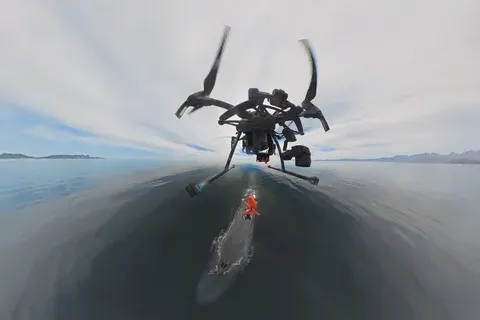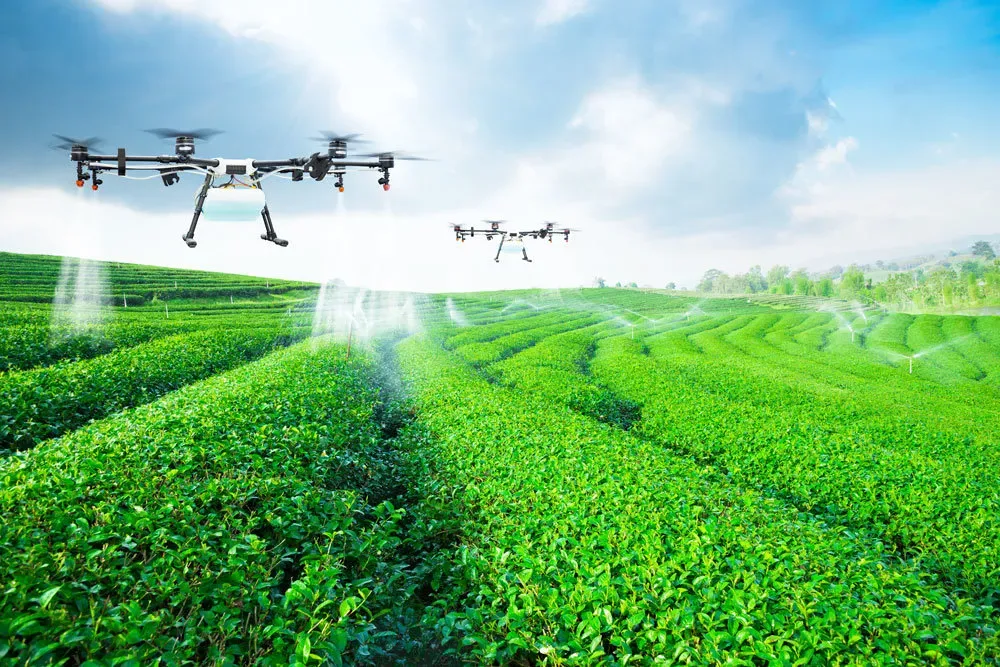Farming has changed a lot over the years. Long ago, farmers used their hands to plant, water, and spray crops. Then, machines made farming faster. Now, drones are making farming even better. One of the best ways drones help is by spraying crops with water, fertilizer, or pesticides. This saves farmers time and makes their crops grow healthier.
What Is Agricultural Drone Spraying?
Agricultural drone spraying is when drones fly over fields and spray crops with liquids. These drones are designed to carry tanks filled with water, fertilizers, or pesticides. With advanced technology, they spray evenly over crops, making sure plants get just the right amount. This method is much faster than using tractors or spraying by hand.
Why Farmers Are Using Drones
Farmers are choosing drones because they are fast, smart, and cost-effective. Here are some reasons why more farmers are using them:
- Saves Time: Drones can spray large fields in minutes, not hours.
- Uses Less Water and Chemicals: Drones spray with precision, so nothing is wasted.
- Reaches Hard-to-Access Areas: Fields with hills or wet ground can be sprayed easily.
- Protects Farmers: No need for farmers to walk through fields with chemicals.
How Drone Spraying Works
Drones fly over fields and scan the crops. They use special cameras to check where spraying is needed. The farmer controls the drone using a remote or a computer. Once the drone knows where to spray, it releases the right amount of liquid over the plants. This way, every part of the field gets what it needs.
The Difference Between Drones and Traditional Spraying
Before drones, farmers used tractors, planes, or handheld sprayers. These methods worked, but they had problems. Tractors could crush plants, planes sprayed too much or too little, and handheld sprayers took too long. Drones solve all these problems by being fast, precise, and gentle on crops.
Real-Life Success Stories
Many farmers have already seen great results using drone spraying. A farmer in West Virginia said that using drones cut his spraying time in half. Another farmer reported healthier crops because the drones sprayed just the right amount of fertilizer. These success stories show that drone spraying is changing the way farming is done.
What’s Next for Drone Spraying in Agriculture?
Technology is always improving, and drones are becoming smarter. In the future, drones may be able to detect plant diseases before they spread. They may also use artificial intelligence to decide the best spraying patterns. As more farmers start using drones, farming will become even more efficient, and crops will be healthier than ever.
Agricultural drone spraying is not just a trend—it is the future of farming. It helps farmers work faster, waste less, and grow better crops. With this amazing technology, the future of farming looks bright.



